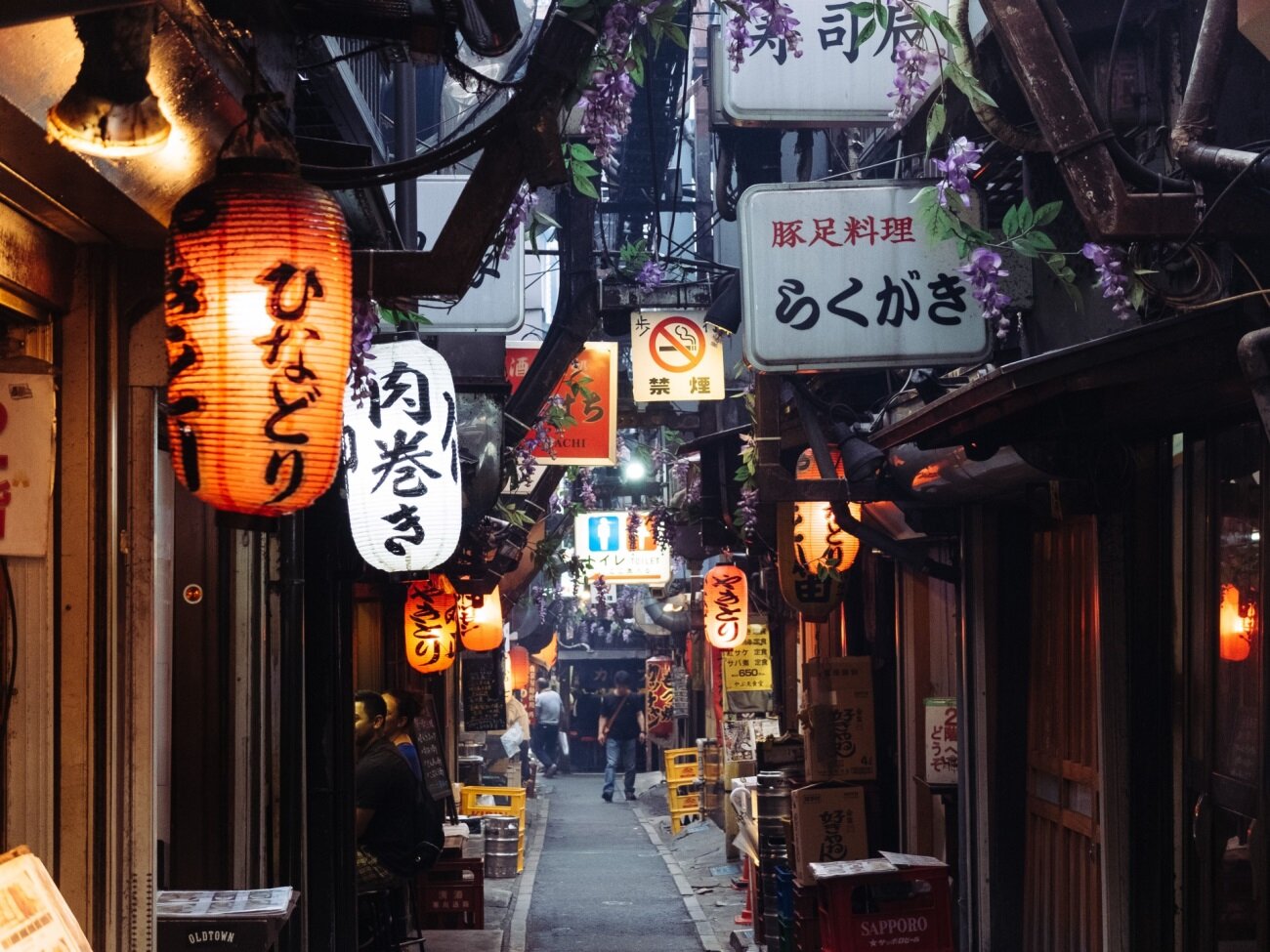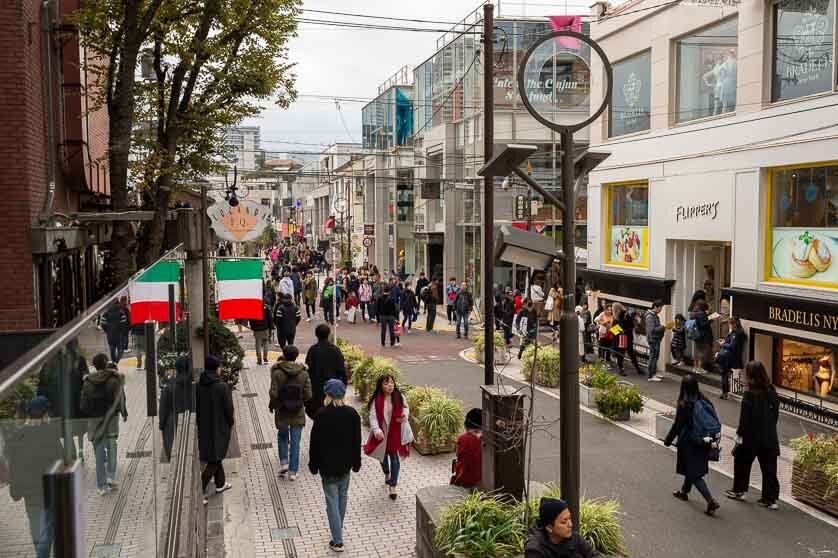Harajuku and Omotesando are known for their funky and high end cafes, but they are also known for their animal cafes. The Tokyo craze for animal cafes started out with cat cafes but has slowly expanded to include many other domestic animals such as owls, hedgehogs, pigs and rabbits. while ethical concerns may be an issue, an easy search can tell you which cafes are popular and treat their animals humanly. A guide to all the animal cafes in Harajuku and Omtesando can be found here.
Photo Credit: Timeout Tokyo
Address: Around the Takeshita Street in Harajuku.
Hours: N/A
Website: N/A
How to get there: N/A


















